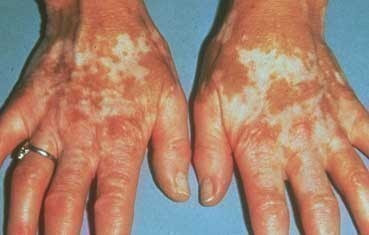Vitilgo causes loss of color, and this infamous skin disease has two types—segmental and non-segmental vitiligo.
Dermatologists, in laymen’s term may refer to this skin problem as loss of pigment” or “depigmentation.” People who suffer from vitiligo can experience loss of pigment in the body including the skin, hair (scalp, eyelash, beard, and eyebrow), insides of the mouth, and genitals. The affected skin lightens gradually until it reaches complete whiteness. Many people, aside from the abnormal lightening of the skin do not feel any other kind of symptoms; they apparently feel healthy.
When you are starting to get hit by the disease, it is important to understand the differences between the types of vitiligo to set your expectations for the treatment. Some skin specialist tells their patient that vitiligo is incurable so they are left with no choice but to deal with it. In fact, there are emerging skin sciences that can aid vitiligo treatment nowadays.
In many, but not all cases, vitiligo slowly progress over time. However, there is no way to tell whether your vitiligo will progress or not. It is a slow condition that some patients could notice that there are duration that there are no patches developing, and then patches will just continue appearing years later.
As what we mentioned above, there are two types of vitiligo that doctors recognize. The segmental vitiligo is also called as unilateral vitiligo; and non-segmental vitiligo that is also referred bilateral vitiligo, vitiligo vulgaris, or generalized vitiligo.









